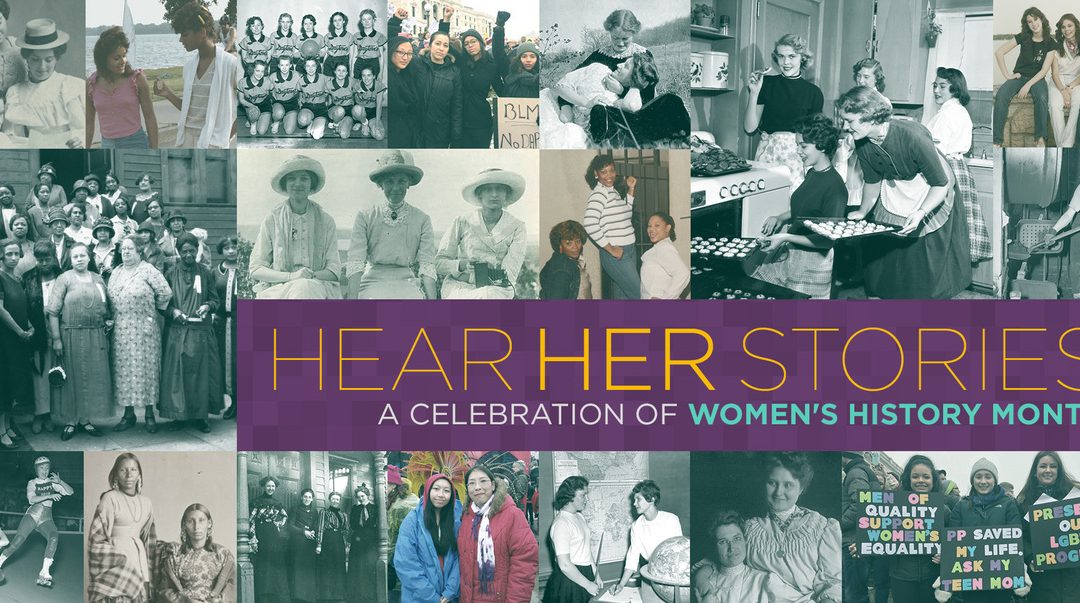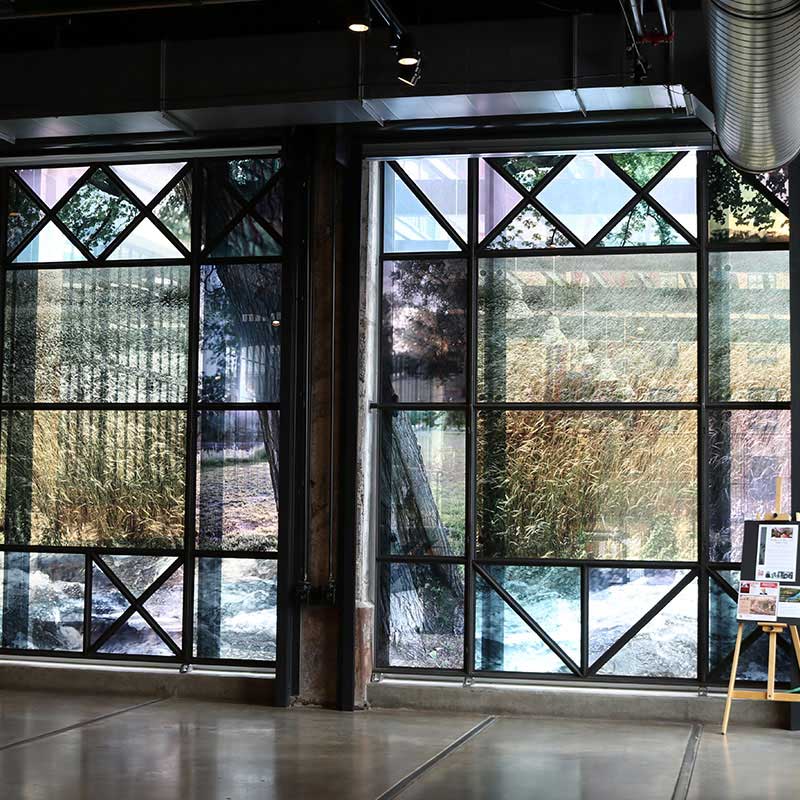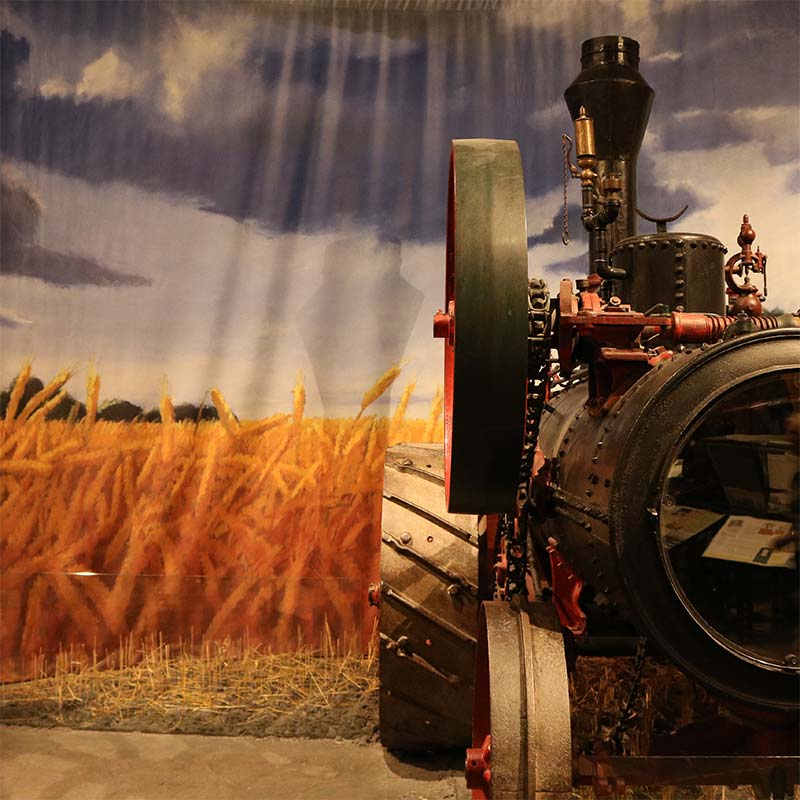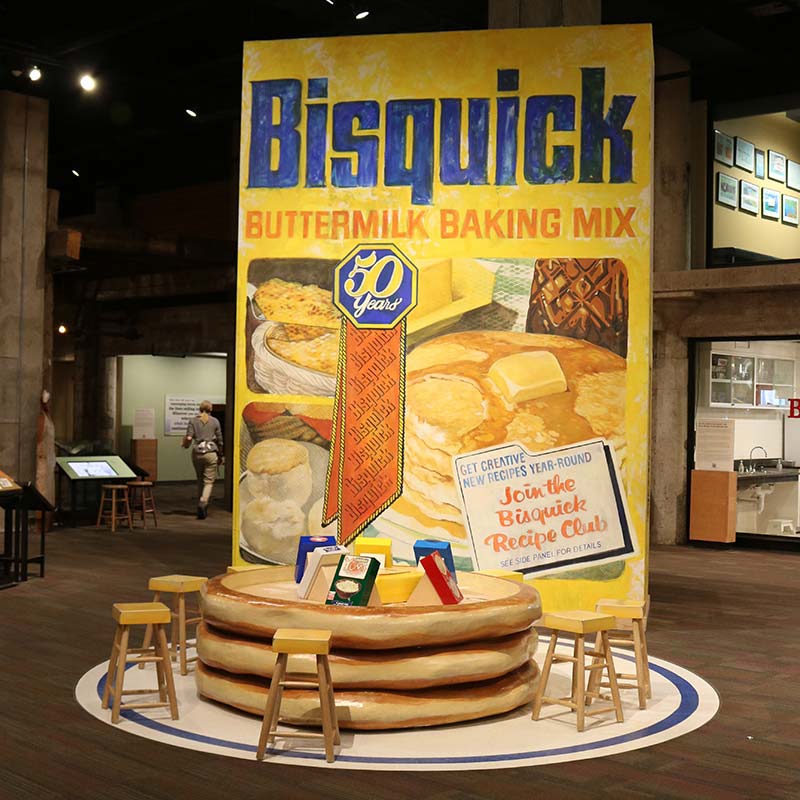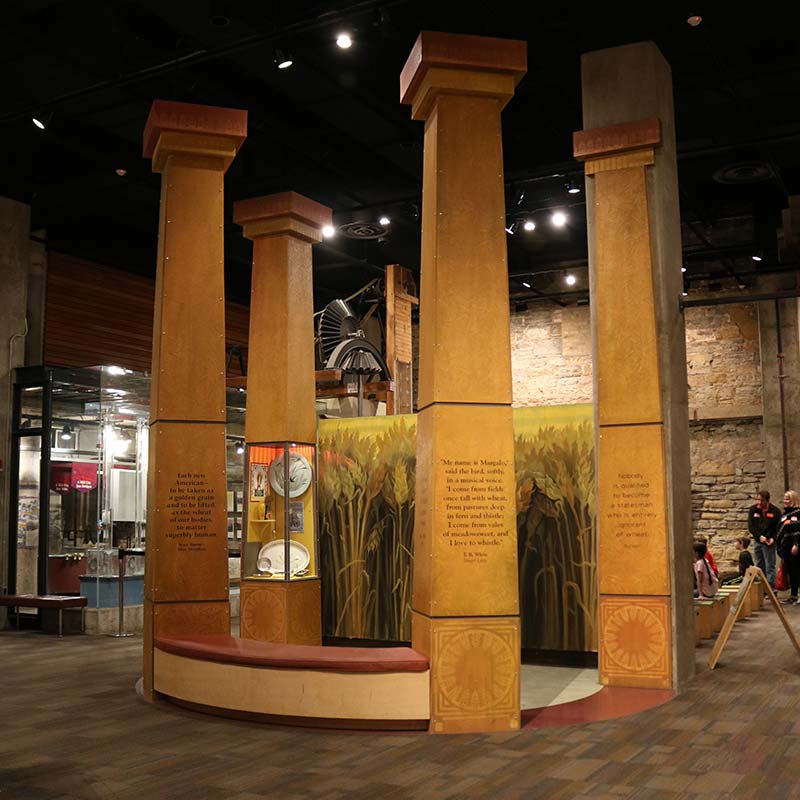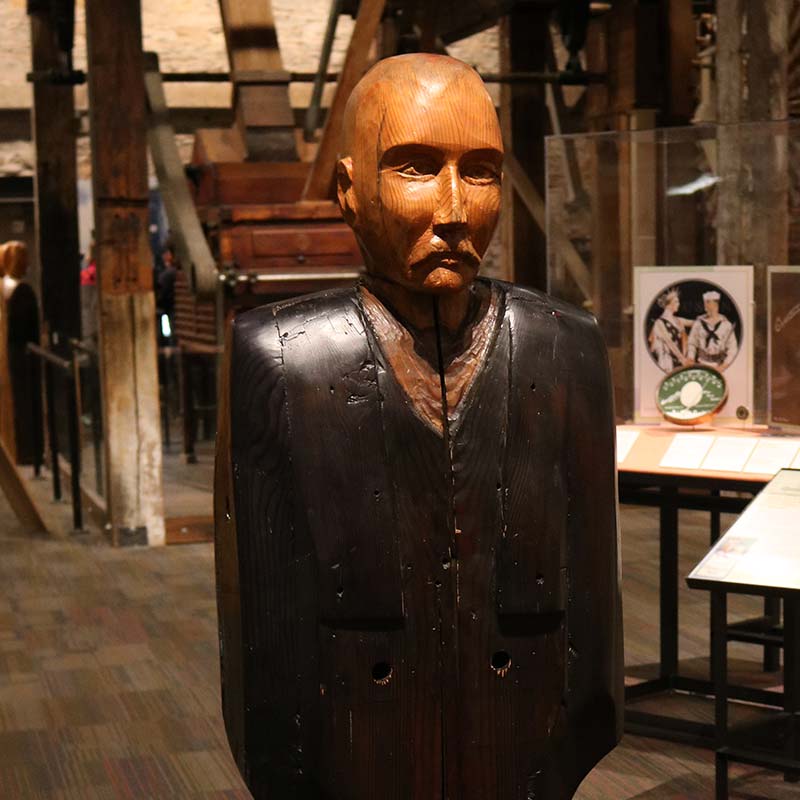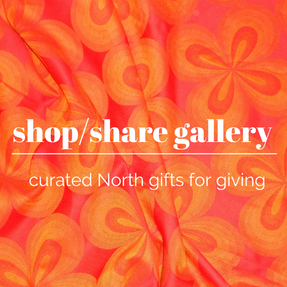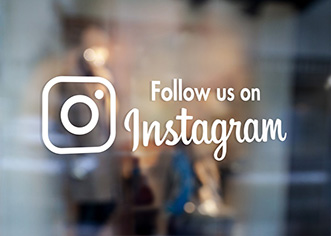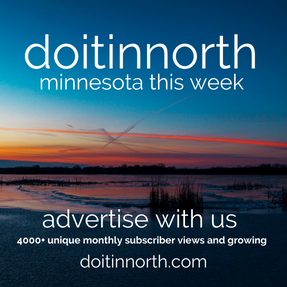
Guided Walking Tours of the Minneapolis Riverfront Begin – Minneapolis, MN
Walk the Minneapolis riverfront and learn about its dramatic past.
On this tour, participants will visit the historic district at St. Anthony Falls, which was once the milling center of the world and is now a growing cultural, recreational, and residential neighborhood.
Your guide will share stories of the people who have lived and worked along the riverfront and how it has changed over the years. Participants will see how the neighborhood has evolved over the years, and will learn about the riverfront renaissance over the last forty years through historic preservation and new development.
Highlights of the outdoor tour include the National Historic Engineering Landmark Stone Arch Bridge, and St. Anthony Falls, the only significant waterfall on the Mississippi River.
With appreciation to the Bill and Kay McReavy and Family Fund for Programming in Connection with Tours on the Stone Arch Bridge.
…
…
Events
…
Location
704 South 2nd Street
Minneapolis, MN
…
doitinnorth shop/share gallery

Minnesota Travel Guide 2024 (Tour guide)
- …



